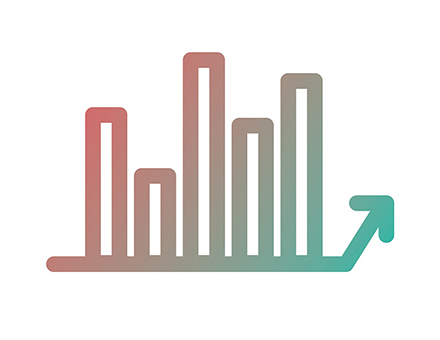SAM Magazine—Winter Park, Colo., Nov. 15, 2023—The boom in summer lodging business at Western mountain destinations cooled this past summer, with revenues flat compared to the prior season, and winter business appears to be following a similar pattern.  That's the news according to the latest monthly Market Briefing from DestiMetrics, the business intelligence division of Inntopia. These trends are based on results in 17 mountain destination communities across Colorado, Utah, California, Nevada, Wyoming, Montana, and Idaho.
That's the news according to the latest monthly Market Briefing from DestiMetrics, the business intelligence division of Inntopia. These trends are based on results in 17 mountain destination communities across Colorado, Utah, California, Nevada, Wyoming, Montana, and Idaho.
The May-October summer season wrapped up with a 1.8 percent decrease in occupancy, and a 1.5 percent increase in daily rates compared to one year ago.
“These final summer numbers confirm a ‘reset’ in the exploding rate growth we have recorded in the past couple of years,” said Tom Foley, senior vice president of business intelligence for Inntopia. “We may finally now be seeing daily rates that are more sustainable for the longer term.”
DestiMetrics' winter tally picks up where summer left off. As of Oct. 31, on-the-books occupancy for the winter season, November through April, was down a slight 1.7 percent compared to the same time last year. Daily rates for the full winter are up 2.7 percent, but down for the months of December and April.
Foley noted that customers were, and clearly remain, price sensitive. In months where rates are down, reservations are up, and where rates are up, reservations are down, "a continuation of rate patterns that we saw being reset during the summer," he said. (See chart for details.) However, the Briefing also notes that rates are up more than 40 percent since the pre-pandemic fall 2019.
The booking pace was down 7.1 percent in October, the second decline in the past three months, with November down 7 percent, January 8.3 percent, and February down 10.5 percent. Foley noted, though, that booking volume was very strong last fall, making for tough comparisons. He added that rates had softened during October but remained slightly ahead of last year’s record highs.
“The soft booking pace for January and February is the primary culprit in the softening season occupancy, although a lack of bookings for late December/Christmas week arrivals also play a role,” Foley said. While the holiday week is likely to fill up as usual, "the primary concern is that after that first week in January, there is a decline in occupancy that is carrying through the Martin Luther King weekend and well into February and the President’s Day weekend.”
The timing of the Christmas and Easter holidays will likely impact monthly results this year. December school breaks are relatively late, with many K-12 students not on break until Dec. 22; that later start is pushing visits into the first week of January—which is currently strongly over-performing last year. An early Easter Sunday on March 30 is also likely to compress many bookings into late March, while potentially creating a deficit for April.
Price sensitivity is creating rate stability. There’s an inverse relationship between occupancy (orange bars) and room rates (black bars). Where year-over-year rates are up, occupancy is down, and vice-versa (gray and pale orange bars). Rate sensitivity is expected to continue as travel competes for consumers' discretionary dollars.





